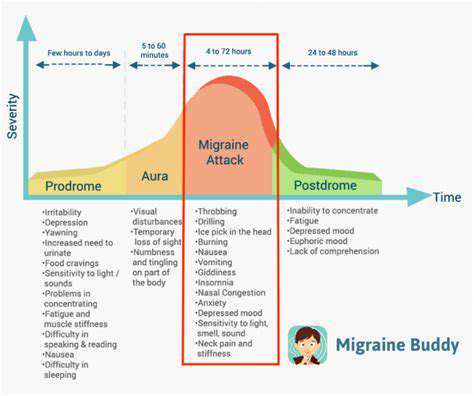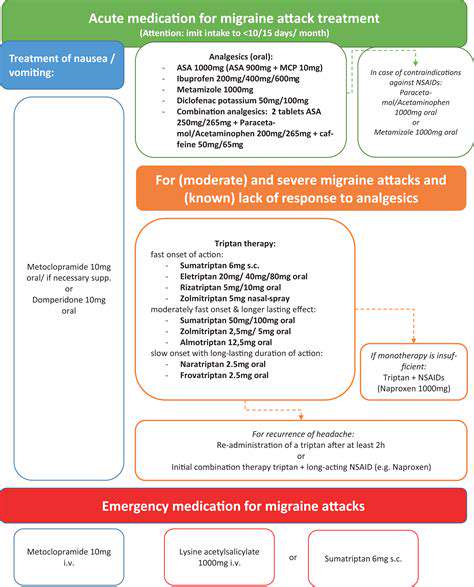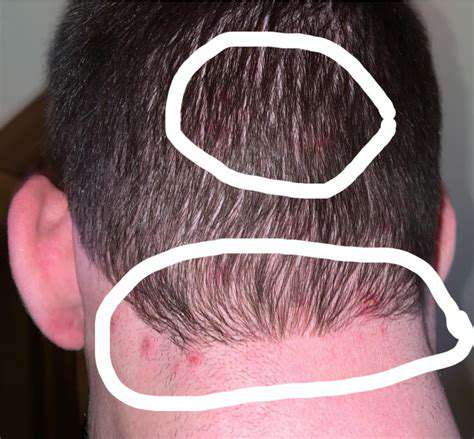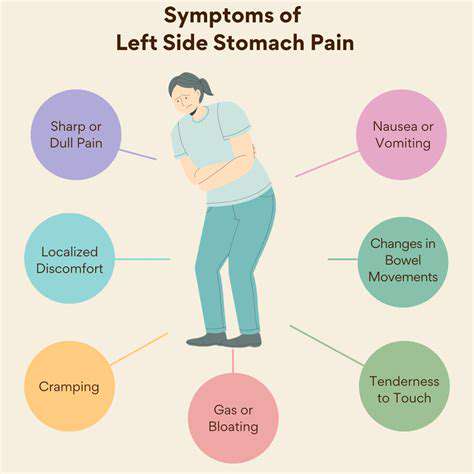Migraine Attacks: Symptoms, Triggers, and Effective Relief Strategies
What Are Migraine Attacks?

Understanding Migraine Attacks
Migraine attacks are characterized by severe and debilitating headaches, often accompanied by a variety of other symptoms. These attacks can last for hours or even days, significantly impacting daily activities. The pain is usually localized to one side of the head, though it can affect both sides as well. Understanding the nature of these attacks is crucial for managing them effectively.
Many people who suffer from migraines experience a range of symptoms before the headache onset, which is known as the aura phase. This can include visual disturbances, such as seeing zigzag patterns or flashes of light. Additionally, sensitivity to light and sound, as well as nausea, are common symptoms that may accompany a migraine. Recognizing these symptoms can help individuals prepare for an impending attack.
Over time, some individuals may notice patterns in their migraine attacks, such as frequency and duration. Keeping a migraine diary can help identify triggers and provide insights into how to manage and relieve symptoms. Some people also experience migraines with aura, while others have migraine attacks without aura, which can influence their treatment approach.
Ultimately, understanding what migraine attacks are can empower individuals to seek the appropriate treatment and interventions. It can also facilitate communication with healthcare providers, leading to better management of their condition.
Common Triggers of Migraine Attacks
Migraine triggers are varied and can include environmental, dietary, and emotional factors. Some of the most common environmental triggers include bright lights, loud noises, or strong odors, which can provoke an attack. Additionally, changes in weather or altitude can also play a significant role. Being aware of these potential triggers can help reduce the frequency of attacks.
Dietary factors are equally important when considering migraine triggers. Certain foods, such as aged cheeses, red wine, and processed meats, have been linked to increased migraine occurrences. Caffeine, while sometimes beneficial, can also lead to withdrawal headaches if consumption is inconsistent. Maintaining a balanced diet and tracking food intake can be useful for individuals prone to migraines.
Emotional stress is another significant trigger for migraine attacks. Anxiety, tension, and changes in mood can all contribute to the onset of a headache. Developing effective stress management techniques, such as mindfulness or yoga, can mitigate these emotional triggers. Creating a supportive environment, both socially and mentally, is essential for individuals suffering from migraines.
Identifying and avoiding personal migraine triggers is a powerful strategy for prevention. Through self-awareness and careful observation, individuals can take proactive steps to reduce the likelihood of severe headache episodes.
Symptoms Associated with Migraine Attacks
Migraine symptoms vary widely among individuals, but there are several common manifestations. The most recognizable symptom is the intense, throbbing pain, often described as pulsating. This is usually coupled with other symptoms like nausea, vomiting, and sensitivity to light and sound. These combined effects can render individuals unable to perform daily tasks.
Another significant symptom is the aura that some individuals experience prior to the headache. Auras can include visual disturbances, such as blurred or distorted vision. Some people may also have tactile sensations or difficulty speaking, which can be alarming. Recognizing these early symptoms can help in seeking timely treatment.
In addition to the physical symptoms, migraines can have psychological effects, as well. Individuals may experience anxiety or depression, especially if they frequently suffer from debilitating migraines. These emotional aspects are important for overall treatment considerations, as addressing them can improve a person's quality of life.
Understanding the full spectrum of migraine symptoms allows for better management and tailored treatment plans. It also encourages individuals to advocate for themselves when consulting healthcare providers.
Effective Relief Strategies for Migraine Attacks
Managing migraine attacks often requires a combination of lifestyle changes and medical intervention. Over-the-counter medications like ibuprofen or aspirin can relieve mild to moderate headaches. For more severe attacks, healthcare providers may prescribe stronger medications, such as triptans, which are specifically designed to treat migraines. Knowing when to seek medical help is vital for successful management.
In addition to medication, alternative therapies such as acupuncture or biofeedback have shown promise for many individuals. These therapies may help reduce both the frequency and intensity of migraine attacks without the use of pharmaceuticals. Engaging in regular exercise and maintaining a consistent sleep schedule can also contribute positively to overall migraine management.
Dietary changes can lead to significant improvements as well. Staying hydrated, avoiding known food triggers, and maintaining a regular meal schedule are often recommended. Dietary supplements, such as magnesium and riboflavin, may also provide benefits in reducing migraine frequency.
Finally, establishing a support system can be an invaluable asset. Connecting with others who understand the struggle of living with migraines can provide emotional support and practical advice. Engaging in support groups, whether in-person or online, can foster a sense of community and help individuals feel less isolated in their experiences.
Identifying Migraine Triggers
Common Migraine Triggers
Migraine triggers can vary greatly from person to person. Some individuals may find that certain foods, such as aged cheese, chocolate, or caffeine, can initiate an attack. Others may be sensitive to environmental factors like strong odors, bright lights, or changes in weather conditions. Understanding these common triggers is crucial for managing migraine frequency and intensity.
In addition to dietary and environmental triggers, stress is a significant factor that can lead to migraine attacks. Anxiety, work pressure, and emotional upheaval can all contribute to the onset of a migraine. By identifying and addressing these stressors, individuals may be able to reduce the likelihood of experiencing an attack.
Strategies for Identifying Personal Triggers
Keeping a migraine diary is an effective strategy for identifying personal triggers. By documenting the frequency of attacks, along with dietary intake, sleep patterns, and emotional state, individuals can begin to see patterns emerge. This can help pinpoint specific triggers that may be contributing to their migraines and guide them in making lifestyle adjustments.
Another helpful approach is to consult with a healthcare professional. They can provide valuable insights and recommendations tailored to the individual's situation. This may include diagnostic tests or referrals to specialists such as nutritionists or psychologists, which can further aid in the identification of triggers and the development of an effective management plan.
Effective Relief Strategies for Migraine Attacks

Understanding Your Medication Options
When it comes to treating migraine attacks, there are several medication options available. Knowing which medications work best for your specific symptoms can significantly reduce the frequency and intensity of your migraines. Over-the-counter pain relievers and prescription medications are commonly used, but it’s essential to consult with a healthcare provider for personalized recommendations.
There are two primary types of migraine medications: acute treatments that aim to alleviate symptoms when a migraine begins, and preventive treatments that minimize the likelihood of attacks. It's crucial to evaluate both types to develop a comprehensive relief strategy suited to your needs.
Identify and Avoid Common Triggers
Effective migraine management includes identifying personal triggers that may provoke an attack. Common triggers include stress, certain foods, hormonal changes, and environmental factors like bright lights or strong smells. Keeping a headache diary can help pinpoint specific triggers and patterns, allowing for better management.
Alternative Therapies and Lifestyle Changes
In addition to medications, many individuals find relief through alternative therapies such as acupuncture, chiropractic care, or biofeedback. These approaches can help reduce the severity and frequency of migraine attacks by addressing underlying stress and tension.
Along with alternative therapies, lifestyle changes play a significant role in managing migraines. Implementing regular exercise, getting adequate sleep, and maintaining a balanced diet can drastically improve your overall well-being and decrease the incidence of migraines.
The Role of Hydration and Diet
Hydration is crucial in preventing migraine attacks. Dehydration can trigger headaches for many individuals, so it’s essential to drink an adequate amount of water daily. Incorporating hydrating foods like fruits and vegetables can also contribute to overall hydration levels.
Stress Management Techniques
Stress is a well-known trigger for migraines; thus, managing stress is essential for effective relief. Techniques such as mindfulness, meditation, and yoga can help calm the mind and reduce the likelihood of a migraine attack. Establishing a routine that incorporates these practices can lead to long-term benefits for migraine sufferers.




